In the spring of 2024 the board of trustees of Parks & Rec Heroes, previously known as the Philadelphia Parks Alliance, voted to wind down the organization’s operations. Originally called Friends of Philadelphia Parks, the group was founded in 1983. It lobbied for increased funding as well as a more inclusive and transparent Fairmount Park Commission, which was then the park system’s governing body. The Alliance worked to preserve open space in the parks, and it was active in advocacy to shape Philadelphia Parks & Recreation, the department formed from the merger of the Fairmount Park System with the Recreation Department in 2010.
A decline in funding during and following the COVID-19 pandemic played a major role in the organization’s demise, according to board member and co-founder Robert Thomas. Grid talked with Thomas to learn about Parks & Rec Heroes’ 40-year history and the future of parks advocacy.
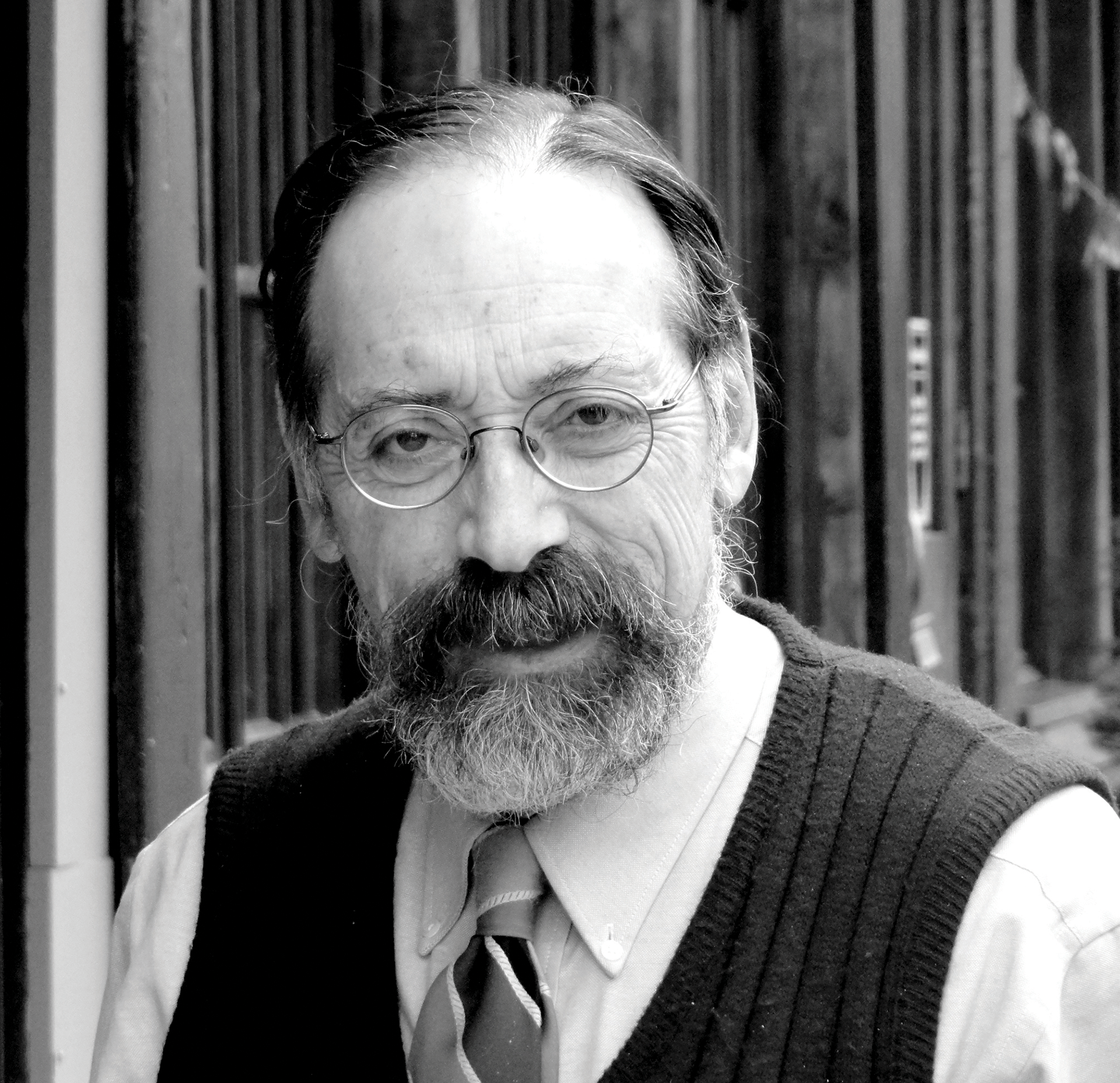
How did you come to feel a connection to the park system? Growing up in West Oak Lane, I spent more time in the Wissahickon than most other places. I loved our park system, and I loved our greenway system. My grandparents lived in Brewerytown. And although we would go in the Studebaker to visit them on Saturdays, I would occasionally say no to the ride, and I’d walk over to Cresheim Valley. I would go down to the Cresheim Valley Trail and down Forbidden Drive. Now, at the time there was no Wissahickon Trail to Ridge Avenue connection, but there were upper trails. I would take those to get down to Ridge Avenue to walk through Fairmount Park and on to Brewerytown.
How did you get involved with the founding of a parks advocacy group? This would have been in the ’80s. I was very busy with the Schuylkill River Trail — the Philadelphia to Valley Forge Trail Committee.
I met my [professional] partner, who was a chair, and we ended up starting our architectural firm. Job one was the Schuylkill River Trail, which we got hired to do, and we’ve been busy with trails, greenways and heritage parks ever since.
What we noticed was that there were some problems
we were being asked about in Fairmount Park, and we said, ‘Well, let’s call up the Friends of the Parks,’ thinking that such a group existed, and there wasn’t any.”— Robert Thomas
What we noticed was that there were some problems we were being asked about in Fairmount Park, and we said, “Well, let’s call up the Friends of the Parks,” thinking that such a group existed, and there wasn’t any.
There were any number of park groups, like Friends of the Wissahickon, and of other smaller parks, but not all of them. Even Fairmount Park didn’t have a friend group.
Well, who gets on our board? Nancy Longstreth, [City Councilmember] Thacher Longstreth’s wife. And then [prominent feminist, Fairmount Park commissioner, and past director of the Pennsylvania Horticultural Society] Ernesta Ballard, who was the big activist. The two of them were some of our original board members. More than that, we had organizational meetings at Nancy’s house in Chestnut Hill. She started the traditional pattern of fundraising every year. We’d have our celebration in the spring, and it was always at someone’s estate. And that brought in a lot of unrestricted money for the lobbying that we had to do.
The Alliance had long advocated for a more representative and transparent Fairmount Park Commission. In the 2000s as the drive to merge the park systems picked up, how was the Alliance involved in the process of merging the Fairmount Park Commission with the Recreation Department? The reason for the combination was that the Fairmount Park Commission just wasn’t getting enough money from the City, and the City said, “Why should we give money to a commission that we have no control over?” The other thing we would run into is you look at a map of all the open space but we would go there and for example see a tree that needed maintenance, and hear “Oh, no, that’s a recreation department tree. We can’t take care of that.” That [overlap] is a waste.
We also saw that there was this constant assault on the park to demolish this and that, so [along with the charter change for the parks merger] we actually got the Open Space Protection Ordinance passed.
We had situations like [in 2013] Temple University deciding that the boathouse at the Strawberry Mansion Bridge wasn’t the right shape for the newer boats that they used, and they wanted to tear it down. So, the Parks Alliance gets all involved about saving the boathouse. And we showed that saving it was doable, of course. Now Temple is very proud and a great steward of this beautiful historic building.
Another thing was somebody proposed a velodrome down in FDR Park [in 2014]. It would have been on the west side of Broad Street, and it would have taken up all the room from there right to The Lakes [the waterways in the center and south of the park]. So I remember being at hearings with people saying, “The Parks Alliance hates South Philly. The Parks Alliance hates bicycles.” I said, “Well, that’s my bicycle outside. How many of the rest of you came here by bicycle?” And we kept the park from being spoiled.
Most recently, under the two most recent directors, George Matysik and Alex Doty, the Alliance expanded its advocacy to the recreation system (pools, playgrounds and rec centers) and changed its name to Parks & Rec Heroes. Why did it make that shift? What we realized was that one of the most difficult things for people in the city was that these recreation centers often had no staff. And we actually changed our name to Parks & Rec Heroes to reflect our commitment to these often poorly supported resources, and that was really important.
The last thing I would say is that other groups really need to continue to do advocacy. There are really two elements of advocacy that are important. One is simply getting adequate funding. The other thing is facilities that are needed — either are needed new, or they need to be maintained. That’s where we need advocacy.



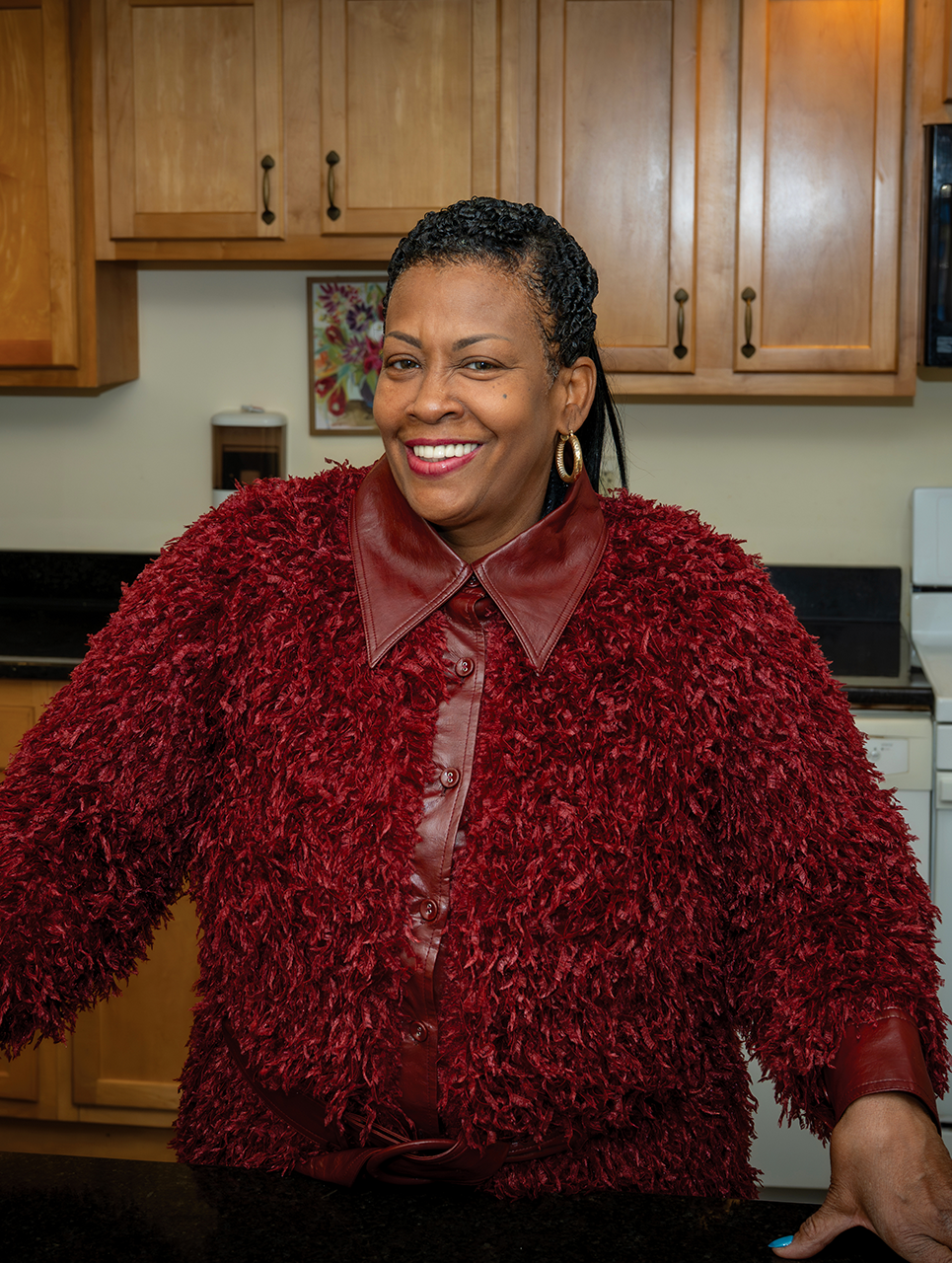


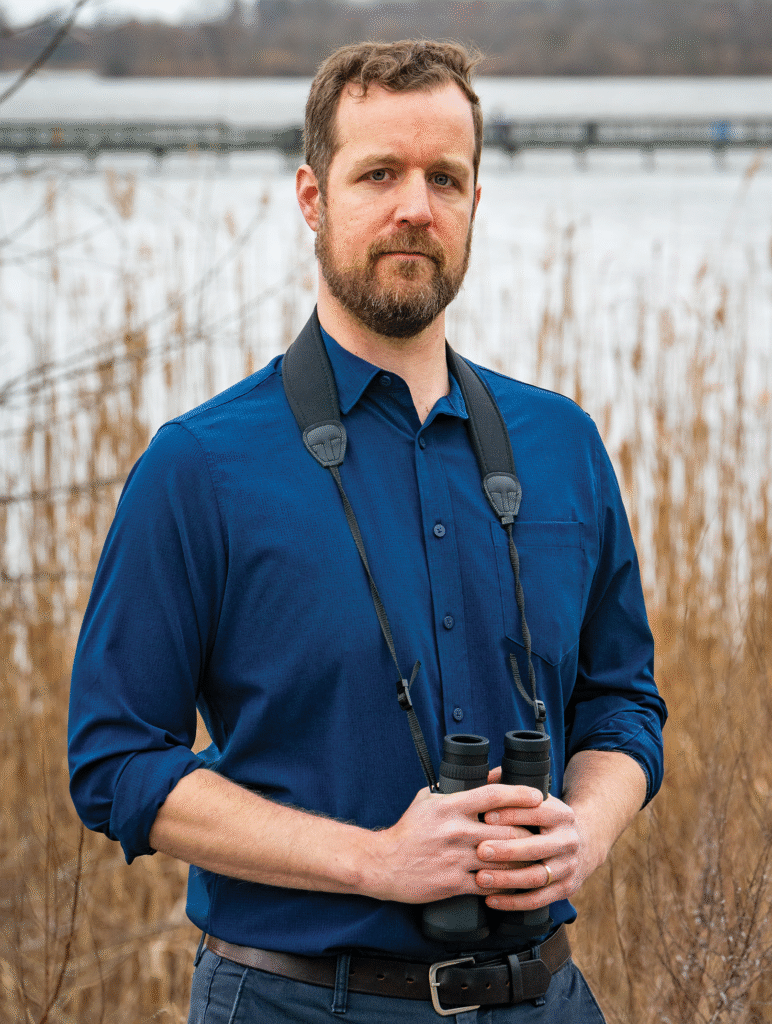
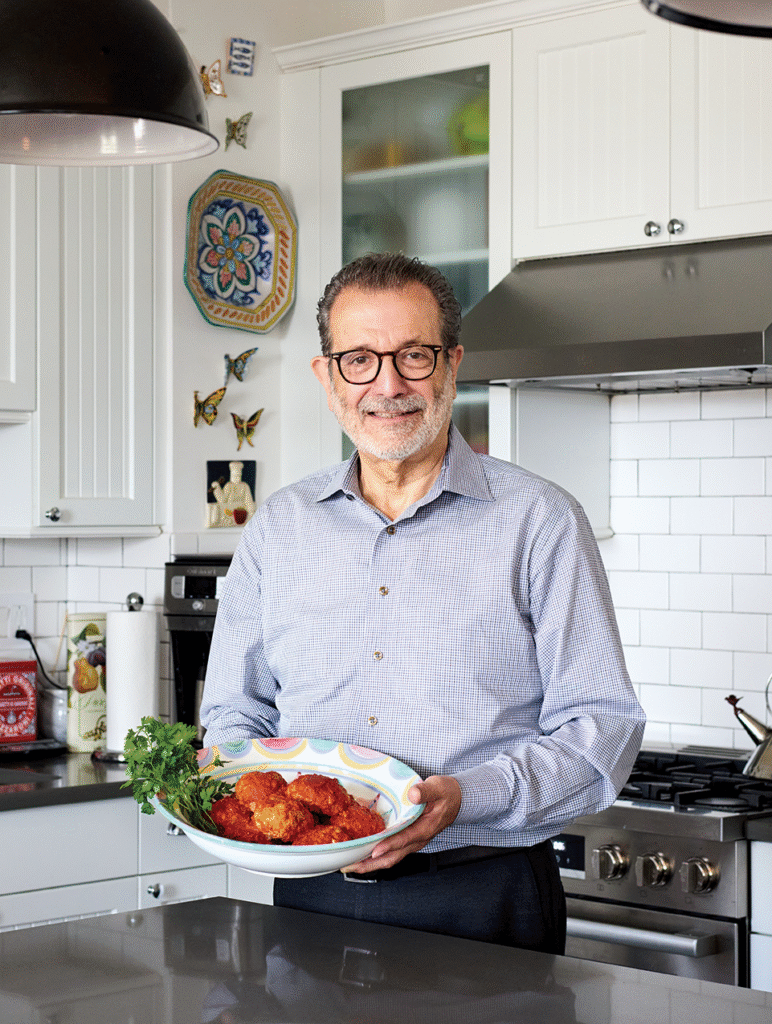
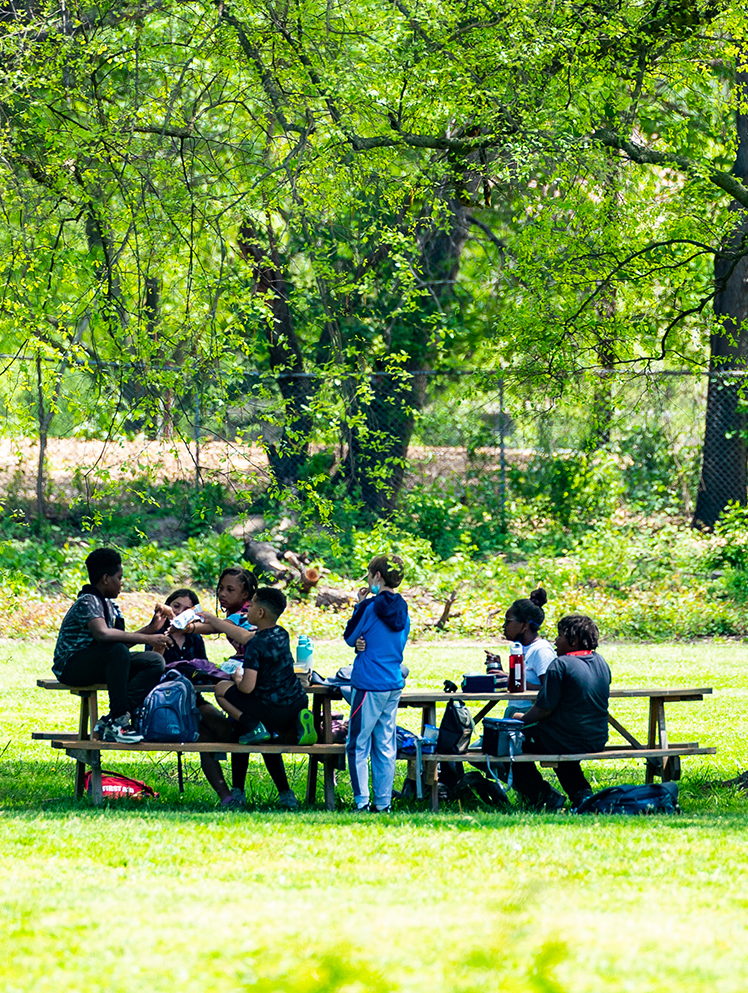
Thanks for this article. I’ve been a volunteer organizer in our neighborhood park for over a decade, working with my neighbors, many who’ve been at it since the founding of the Park Friends Network in 1993.
We’re proud to be working in solidarity with 140+ volunteer Friends groups across the city that steward our parks through unpaid care/neighbor labor in partnership with the hardworking, underesourced folks at Philadelphia Parks & Recreation and Fairmount Parks Conservancy. There are nearly a thousand of us working year-round, navigating all kinds of hilarious, devastating, exhausting, beautiful intricacies of civic life. If you visit a park in Philly and it looks and feels clean, green, safe and welcoming, we’re a big part of why. That “monetized volunteer hours” TFL uses doesn’t even come close.
We know we’re kind of invisible—like a well-adjusted, more collaborative, diverse in every way possible, *way* less rich Batman. Are we ALL (including you) this hero you’re looking for? Or do we need another 501C3 org with a strategic plan & paid staff to pressure our leaders to FUND (all) PARKS and their MAINTENANCE PLANS (staffing, equipment, tools, technology, programming). Probably yes. But don’t sleep on us here on the ground.
We are not here to replace or cover for public staffing and necessary capital infrastructure, we’re here calling on our city & local elected officials to *pull up* for parks—every park, every neighborhood. Healthy parks mean healthy communities. It’s what our neighbors deserve.
Respectfully, “Simply getting adequate funding” is nothing but simple. Would love to know more about what happened to the Parks Alliance, actually. Would love to explore different funding channels and read about how other cities do it well. Would love to shine a light on on my amazing, inspiring neighbors near and far who show up for parks and their communities in so many different ways, every single day. Would love to invite you and everyone reading this to join us. #pullupforparks
Thanks again for this issue and its focus.